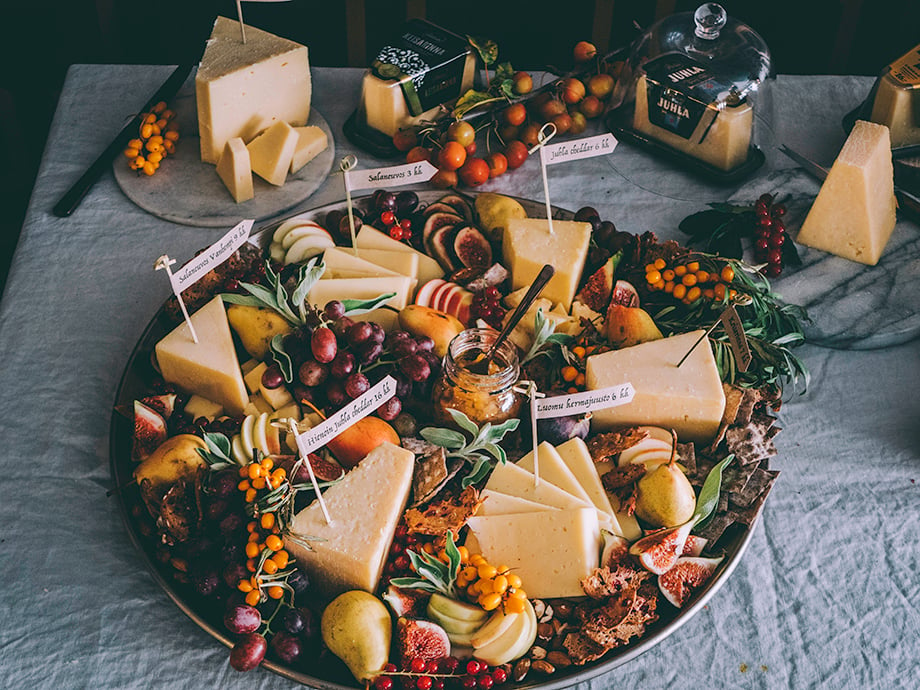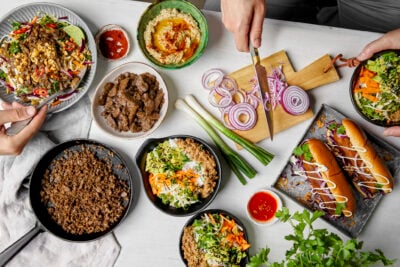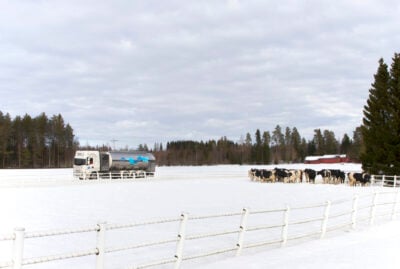Finland has a strong cheese culture, and our cheeses have gained accolades around the world. We consume a lot of cheese, and in recent years, we’ve started to explore the variety of different cheese types. This fall, the highlight is on the effect of ripening time on the taste of cheese.
Finns eat an average of 27 kilos of cheese per year. Apart from traditional favourite Edam cheese, there is a rising interest in other cheese types: ripened cheddar and gouda are selling more than ever before. Finns have recently primed their taste buds to try the more different cheeses.
– There is a significant amount of option alongside the traditionally favourite cheeses in Finland. That has been a kick-starter for consumers to try new kinds of cheese. It’s been a joy to see that Finns are increasingly eager to explore different tastes. To respond to this rising demand, our cheesemakers have been focusing their efforts on our gourmet cheese selection, says cheese category manager Harri Rantala.
Valio aims to advance Finnish cheese culture by introducing new products to the market and by developing new ways to make cheese. As an example, Valio Luomu™ cream cheese has, this autumn, received a more ripened variant.
Long tradition in Finnish cheesemaking
Finland is a strong cheesemaking region alongside the traditional cheese countries, and Finnish cheese is also attractive around the world: Valio exports high-quality cheeses to various European countries as well as to Japan and North America, where Valio cheeses can be found at deli counters.
Finnish cheese is strong because of its pure, high-quality local milk and our traditional cheesemaking expertise we have built for over a hundred years.
– Valio’s hard cheeses have a short list of ingredients: milk, cultures, and salt. In addition to these, cheesemaking requires rennet. Valio does not use preservatives in its cheeses, says Valio’s leading technology expert, Matti Kärki, revealing the reason why the cheeses also meet the needs of the consumers that value naturalness.
Simple ingredients are a food business trend that does its part in setting a requirement of high ingredient quality. The raw milk that is used in making cheese has an effect on both the taste and the quality of the cheese.
Valio milk is among the purest in the world, and it contains no antibiotic residue. Finnish cows are only prescribed antibiotics by certified veterinarians, and milk quality is subjected to multiple rounds of testing at the farm, the milk truck and at the dairy. Its clean and safe ingredients are one of Valio’s largest selling points around the world.
Rising trend in cheese ripeness comparison
Everybody knows that wine gets better with age – a well-known example of the connection between age and taste. The same principle applies to cheese. By changing ripening periods, the same cheese may gain any kind of nuance in taste.
– Cheese ripening is very precise. When we make the finest, most mature cheeses, just letting it ripen is not enough; ripening a cheese is an active, if slow, process, says Matti Kärki.
Cultures have an integral role in cheese ripening. We use primary and secondary cultures that provide the typical cheese holes, have an effect on its taste and create the deeper aromas during ripening. This, however, requires, that the cultures have the correct conditions.
– Of course, the exact ripening process for our matured cheeses is a closely guarded secret, says Matti Kärki.
The ripening period has the largest effect on taste. An easy rule of thumb is that the longer the ripening period, the stronger the cheese.
You could create a cheese plate of differently aged cheeses to study the effect. For instance, it’s easy to taste the difference between Valio’s different emmental cheeses. Valio’s blue-label emmental has been matured for three months, the red-label for six months, and finally, the black-label Mustaleima™ has been matured for nine months. It’s usually best to start with the mildest cheeses, proceeding from the younger cheeses to the older ones.




